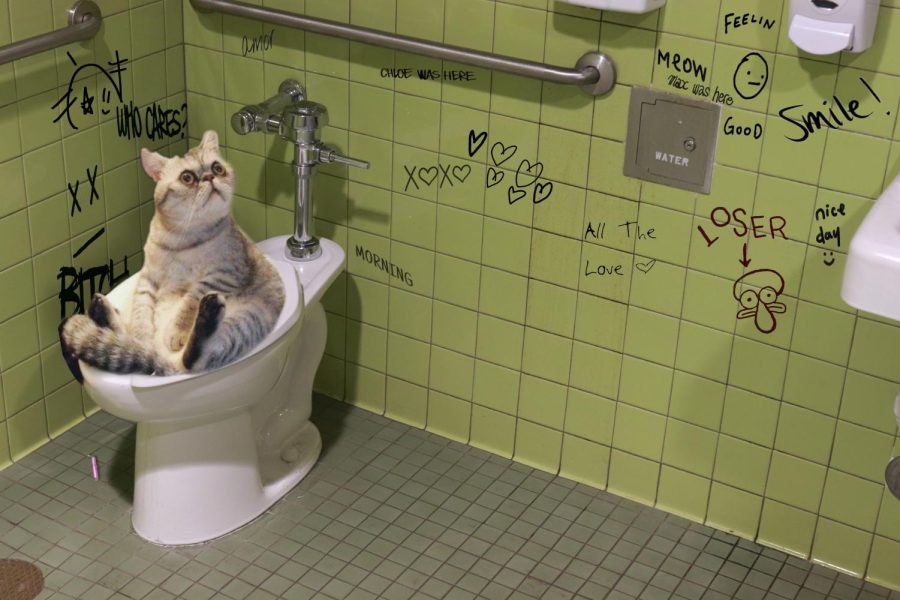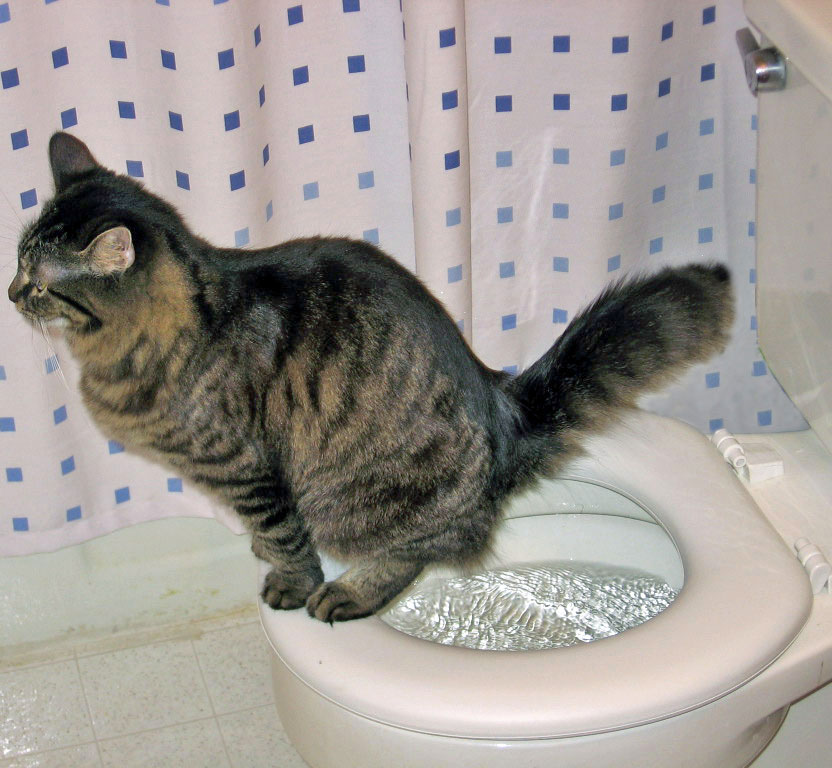Avoid Plumbing Problems: Don't Flush Cat Poop Down Your Toilet - Expert Advice
Avoid Plumbing Problems: Don't Flush Cat Poop Down Your Toilet - Expert Advice
Blog Article
What are your opinions on Don’t flush cat feces down the toilet?

Introduction
As feline proprietors, it's necessary to be mindful of how we deal with our feline good friends' waste. While it may seem convenient to flush pet cat poop down the toilet, this practice can have destructive repercussions for both the setting and human health.
Alternatives to Flushing
Fortunately, there are much safer and more accountable means to deal with pet cat poop. Take into consideration the following alternatives:
1. Scoop and Dispose in Trash
One of the most common method of throwing away cat poop is to scoop it right into an eco-friendly bag and throw it in the trash. Make sure to make use of a devoted trash inside story and dispose of the waste promptly.
2. Use Biodegradable Litter
Choose naturally degradable feline clutter made from materials such as corn or wheat. These trashes are environmentally friendly and can be safely taken care of in the trash.
3. Hide in the Yard
If you have a lawn, take into consideration burying feline waste in a marked area away from veggie yards and water sources. Make sure to dig deep adequate to stop contamination of groundwater.
4. Install a Pet Waste Disposal System
Buy a pet waste disposal system especially designed for cat waste. These systems utilize enzymes to break down the waste, minimizing smell and environmental impact.
Health and wellness Risks
Along with ecological issues, purging pet cat waste can additionally pose health dangers to people. Feline feces might have Toxoplasma gondii, a parasite that can cause toxoplasmosis-- a potentially serious ailment, specifically for expectant women and individuals with weakened immune systems.
Environmental Impact
Flushing cat poop introduces damaging microorganisms and bloodsuckers right into the water, posturing a significant risk to aquatic ecosystems. These contaminants can negatively impact aquatic life and concession water top quality.
Conclusion
Responsible pet possession expands past giving food and sanctuary-- it likewise includes appropriate waste management. By refraining from purging pet cat poop down the bathroom and choosing alternative disposal methods, we can minimize our ecological impact and safeguard human health and wellness.
Why Can’t I Flush Cat Poop?
It Spreads a Parasite
Cats are frequently infected with a parasite called toxoplasma gondii. The parasite causes an infection called toxoplasmosis. It is usually harmless to cats. The parasite only uses cat poop as a host for its eggs. Otherwise, the cat’s immune system usually keeps the infection at low enough levels to maintain its own health. But it does not stop the develop of eggs. These eggs are tiny and surprisingly tough. They may survive for a year before they begin to grow. But that’s the problem.
Our wastewater system is not designed to deal with toxoplasmosis eggs. Instead, most eggs will flush from your toilet into sewers and wastewater management plants. After the sewage is treated for many other harmful things in it, it is typically released into local rivers, lakes, or oceans. Here, the toxoplasmosis eggs can find new hosts, including starfish, crabs, otters, and many other wildlife. For many, this is a significant risk to their health. Toxoplasmosis can also end up infecting water sources that are important for agriculture, which means our deer, pigs, and sheep can get infected too.
Is There Risk to Humans?
There can be a risk to human life from flushing cat poop down the toilet. If you do so, the parasites from your cat’s poop can end up in shellfish, game animals, or livestock. If this meat is then served raw or undercooked, the people who eat it can get sick.
In fact, according to the CDC, 40 million people in the United States are infected with toxoplasma gondii. They get it from exposure to infected seafood, or from some kind of cat poop contamination, like drinking from a stream that is contaminated or touching anything that has come into contact with cat poop. That includes just cleaning a cat litter box.
Most people who get infected with these parasites will not develop any symptoms. However, for pregnant women or for those with compromised immune systems, the parasite can cause severe health problems.
How to Handle Cat Poop
The best way to handle cat poop is actually to clean the box more often. The eggs that the parasite sheds will not become active until one to five days after the cat poops. That means that if you clean daily, you’re much less likely to come into direct contact with infectious eggs.
That said, always dispose of cat poop in the garbage and not down the toilet. Wash your hands before and after you clean the litter box, and bring the bag of poop right outside to your garbage bins.
https://trenchlesssolutionsusa.com/why-cant-i-flush-cat-poop/

As an avid person who reads on Can You Flush Cat Poop Down The Toilet?, I figured sharing that excerpt was a good idea. Sharing is good. Helping others is fun. I am grateful for your time. Please visit our website back soon.
Set Up An Appointment Report this page